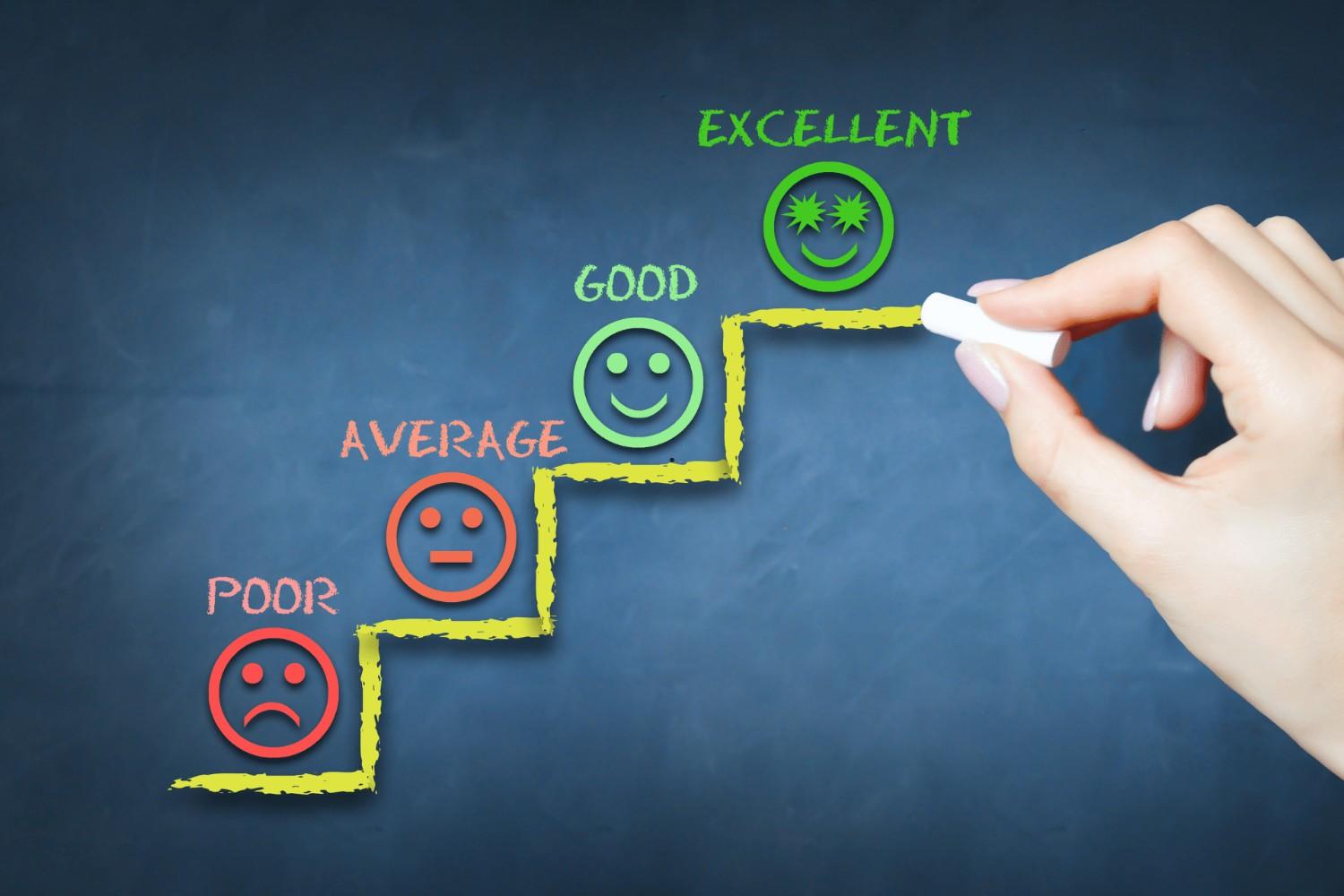
Challenges in Sales Performance Management Systems
Sales performance management (SPM) is vital to driving results and motivating sales teams — but it comes with several common challenges.
1. Setting Realistic and Attainable Goals
• Unrealistic Targets: Overly high goals demotivate teams and cause burnout.
• Misaligned Objectives: Goals not tied to business priorities cause inefficiency.
• Market Disruptions: Changing conditions can make goals obsolete without prompt adjustment.
2. Measuring Performance Effectively
• Revenue Focused: Sole reliance on revenue misses other key metrics.
• Inconsistent Tracking: Unstandardized data collection leads to unfair evaluations.
• Inaccurate Data: Poor-quality data results in misleading insights.
3. Compensation and Incentive Challenges
• Overly Complex Plans: Confuse and disengage the sales team.
• Short-Term Bias: Focus on quick wins rather than long-term growth.
• Diverse Needs: One plan doesn't fit senior reps and new hires equally well.
4. Performance Variability Across Teams
• Inconsistent Output: Performance can vary significantly between teams or regions.
• Skill Gaps: Lack of training leads to uneven success.
• Remote Management: Distributed teams add complexity in monitoring and cohesion.
5. Providing Timely and Actionable Feedback
• Infrequent Reviews: Delayed feedback stalls improvement.
• Minimal Coaching: Managers lack time to guide individuals effectively.
• Generic Input: Feedback that isn’t personalized doesn’t address core issues.
6. Technology and CRM Adoption
• CRM Resistance: Salespeople may not embrace CRMs, leading to poor data collection.
• System Fragmentation: Using too many tools causes inefficiency.
• Real-Time Gaps: Without live data, it's hard to respond to problems early.
Solutions to Overcome SPM Challenges:
• Align and Set Achievable Goals: Work with leadership for realistic, strategic goals.
• Leverage Analytics: Use predictive insights to get ahead of problems.
• Simplify Compensation: Offer plans that are easy to understand and balance reward structures.
• Train Continuously: Use coaching and learning programs to close skill gaps.
• Offer Timely Feedback: Move from annual to frequent reviews for better improvement.
• Standardize Evaluations: Build a transparent, criteria-based performance review system.
Conclusion:
By overcoming these challenges, organizations can build a robust sales performance management system that supports sustained growth, employee motivation, and higher productivity.